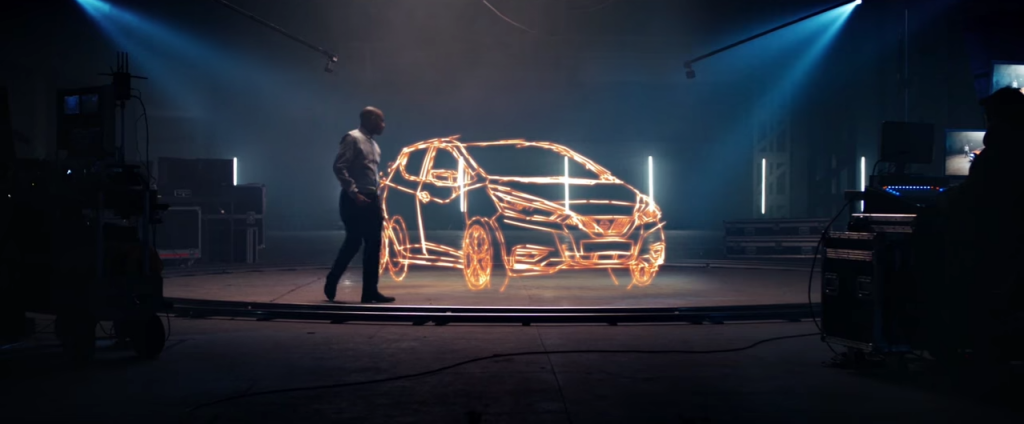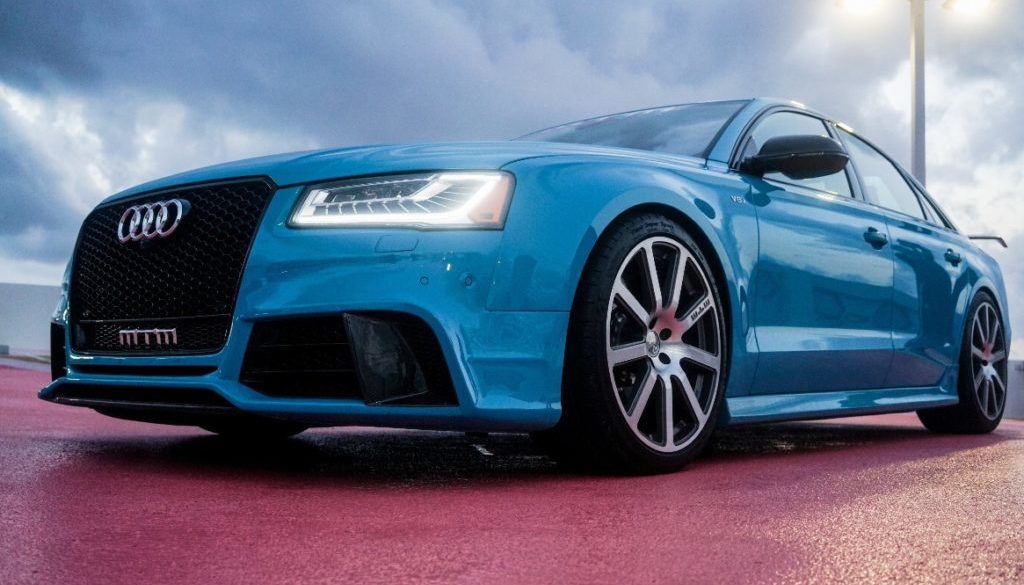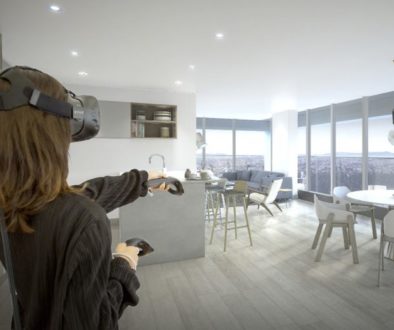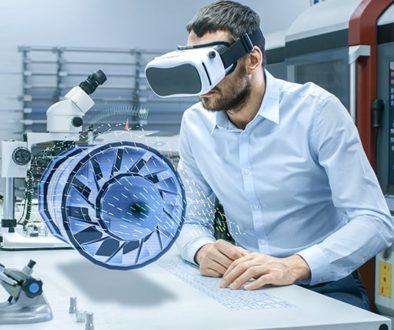Virtual Reality is a Game Changer for the Automotive Market
With the release of virtual and augmented reality and the advance of hardware devices, VR is poised to hit the mainstream in the coming years. Healthcare, art, entertainment, sport — the list of applications for VR is endless.
Since 2016, virtual reality started to penetrate into the automotive market, as more and more industries became excited about the true potential and benefits this technology can offer. Indeed, a number of car giants that want to catch up with the latest technology trends and explore the feasibility of VR applications is increasing. So, if you have never thought of how to use virtual reality for the car business, you may find yourself lagging behind your competitors because they surely have.
The Future of Car Design
Chances are, you’ve heard about Tilt Brush, a room-scale 3D painting app that Google introduced in 2016. This “magic” tool allows you to manipulate the controller in the form of a paintbrush and create impressive digital sculptures. Now, London-based design studio named Seymourpowell uses a similar approach to designing in VR allowing engineering teams from anywhere in the world to look at drawings on a monitor and if they have another headset to hand, make adjustments in real time. With a new 3D sketching tool and an HTC Vive headset, users are able to draw, shape and augment car models in virtual reality.
 There is a long road between concept sketches and clay model creation. Also, anyone working in car manufacturing knows the challenges that come with car design. By wearing the VR headset a designer is brought to a 3D workspace where they can sketch lines that can be differently manipulated. The software copies the lines designer creates to keep the symmetry of the car and thus accelerates the design process.
There is a long road between concept sketches and clay model creation. Also, anyone working in car manufacturing knows the challenges that come with car design. By wearing the VR headset a designer is brought to a 3D workspace where they can sketch lines that can be differently manipulated. The software copies the lines designer creates to keep the symmetry of the car and thus accelerates the design process.
Engineers can create sketches, curves, and surfaces that can be applied to show what a car would look like in a certain color or material. A new virtual car designing tool allows creating complicated engineering projects within 1 hour which would definitely be longer with typical 3D imaging software.
Virtual Reality Showrooms
With more and more vehicles being engineered and car giants looking for ways to showcase cutting-edge car models and boost sells, the market for technologies supporting the VR showrooms will flourish. Virtual reality provides car dealers with a unique and affordable way to showcase models conveniently wherever the customer wants – in a boutique shop, or shopping centers, in customers’ living rooms, or at work.
Take Cadillac VR Showroom as an example. Using the HTC Vive, the user is presented with a simple and efficient navigation menu. The user can then teleport inside the vehicle and view/select their desired interior package options. Moreover, customers can experience the beauty of Cadillac and even see the difference in vehicle appearance at all times of the day.
Believe it or not, biggest industry players have always pioneered the first ventures in the field of software development, and then when there was finally enough functionality developed, they began to join the initiative. Both Audi and Ferrari have already experimented with VR’s potential for vehicle configuration and educational purposes. Audi has created a virtual-reality experience offering a ‘wow’ factor to attract consumers into its showrooms. The brand has implemented the most realistic 3D versions of its cars possible. Similar to Cadillac potential buyers can test the cars in virtual location and try out a bunch of customizable configurations.
What Are the Next Steps?
Virtual reality opens a door of incredible opportunities for the automotive market. Following the footsteps of the market leaders and leveraging unique ideas may be the first step for you in finding a perfect solution for your business. Besides, our team of professional VR & AR developers will be more than happy to help you implement VR solution to bring your business to the next level.




